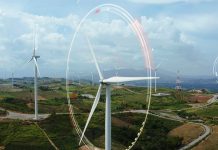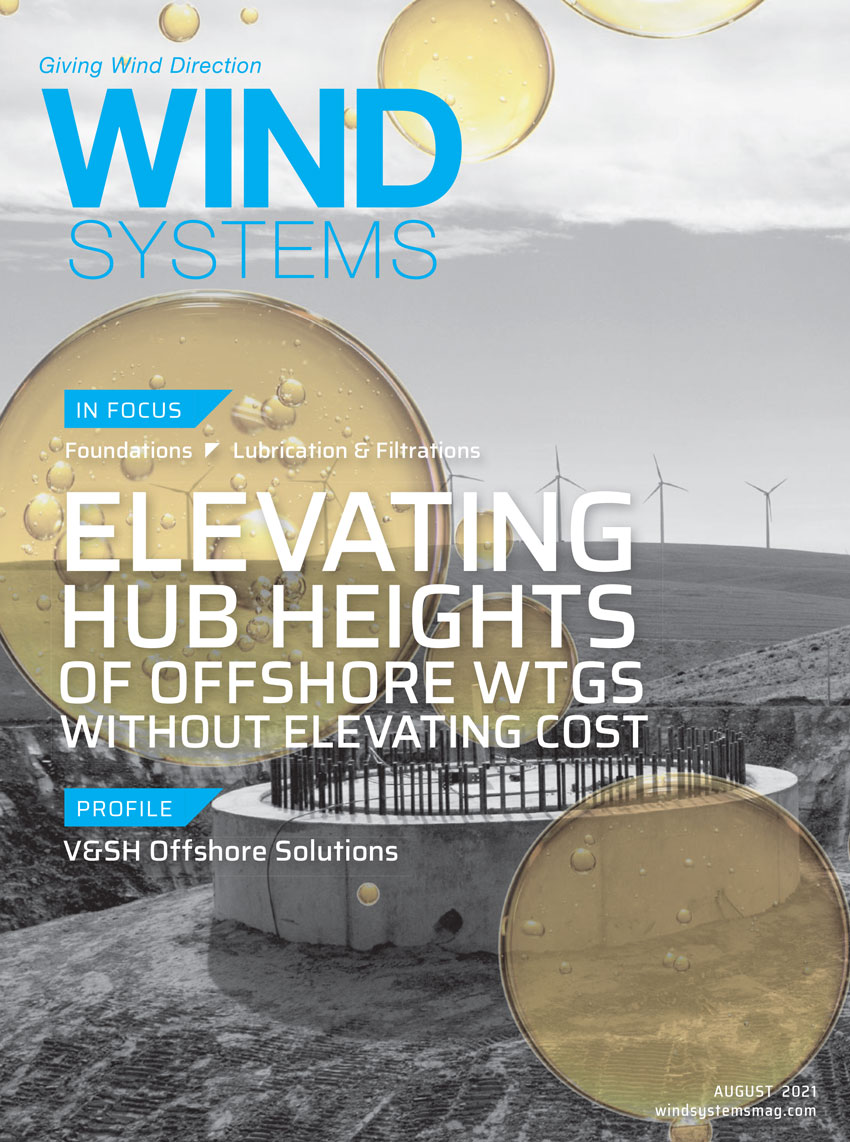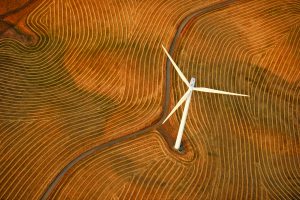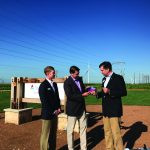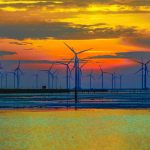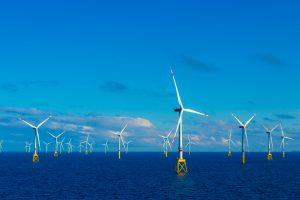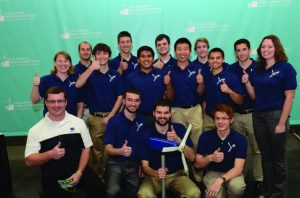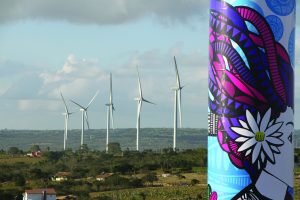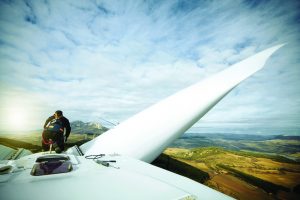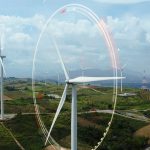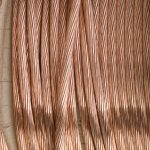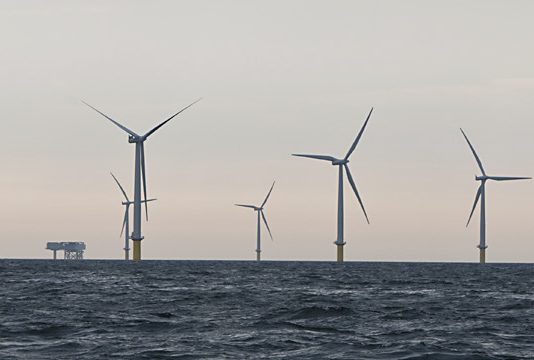When an emergency medical situation arises on an offshore wind farm, especially one requiring the extraction of an injured employee, every minute counts. This is often more complicated if the injury occurs in a difficult-to-access area like in the nacelle of a wind turbine. Not only does the injured worker need to be safely moved to the extraction point, but proper, life-saving first aid needs to be administered throughout the process.
The first step is ensuring a complete, updated medical emergency response plan. These plans, along with medical consulting services from an experienced partner, ensure your team can proactively and successfully prepare for and respond to medical emergencies. A comprehensive plan includes medical site surveys, emergency action checklists, evacuation plans, transportation options, and communication plans that help workers effectively handle a medical emergency.
Why Train?
While requiring every worker to complete first aid courses is important, most workers remain undertrained and ill-equipped to provide care for major traumas. First aid training takes place on average every two years.
Studies show, however, that if the skills are not used regularly, both knowledge and ability fade significantly after about nine months. Even with on-site medical support provided by a partner such as Remote Medical International, there is an essential need to train the workforce on offshore wind farms.
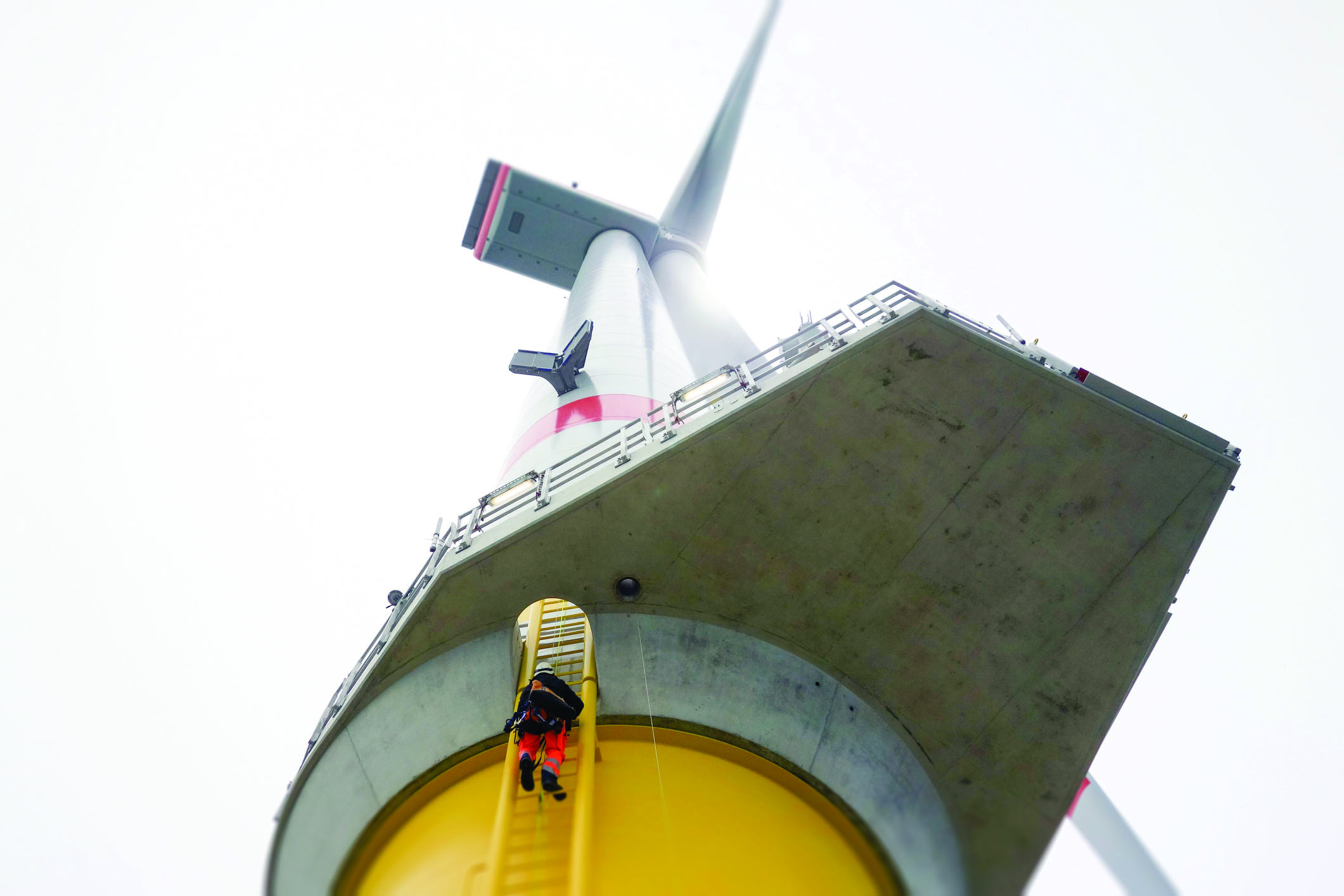
In essence, it comes down to time-to-care. Wind farms are often spread across miles — some may even be up to 50 miles across. If a medic is not available when a major medical issue or trauma occurs, the first aider must give treatment from the point of the incident and during the transfer and transportation to a hospital or treatment center — a process that could take hours.
For example, on one offshore site, a young worker. who had been in good health, unexpectedly had a heart attack while working on the turbine. Because of ongoing training, the worker’s team members knew how to stabilize him on the turbine, lower him down in a position that would allow care to continue and mitigate complications, transfer him to the vessel, and then continue to provide first aid until the medic met them en route to port and took over care.
Training Process
The most important type of training, and something everyone should have, is first aid and rescue training. For the most part, this is standard practice. But most, if not all, of those trained have nev-r practiced or trained on their turbines. This is very important as every turbine has different res-cue methods. For example, a worker may be familiar with a turbine with internal climbing but have never worked on or practiced external climbs or on zip lines. In addition, most training facilities have a limited supply of turbines, and most are short, rarely the height you will find on an actual wind farm. “Classroom” training is very different from performing a rescue on-site. The first time any worker should do this is in practice, never on an actual rescue.
When training on-site, it’s important to train under different conditions as the weather, sea, and other factors are constantly changing on a wind farm. Therefore, practice should be customized and varied to address the anticipated (and unexpected) conditions, the type of equipment and tur-bines, and other factors unique to each site. These factors also should be integrated into the overall medical emergency response plan.
While everyone should have basic first aid training, minimally, there should be one person fully trained and capable of a rescue per team. Ideally, there should be two or three individuals. Training typically takes place on off-weather days when factors are too dangerous for regular work, or on days where the wind is ideal for the turbines to produce. If a team is on-site for 10 days, for example, there may be six days where training and practice can occur.
This gives crews time to become familiar with the different types of rescue and medical equipment, including the medic box and rescue apparatus, where it is, when it’s called for in the training procedure, and how to use it properly. In addition, they can partake in regular basic first aid re-fresher courses and practice.
Additionally, they can run scenarios, from simple rescues going from the nacelle to the platform, until the trainer and crew are 100 percent happy with the outcome and confident in their abilities.
Many studies have been done on how quickly skills fade when not used daily. A study by the General Medical Council in the United Kingdom showed that skills decline over periods ranging from six to nine months, according to a curve, with a steeper decline at the outset and a more gradual decline as time passes. The amount of time between learning and losing a skill varies between skills and between individuals.
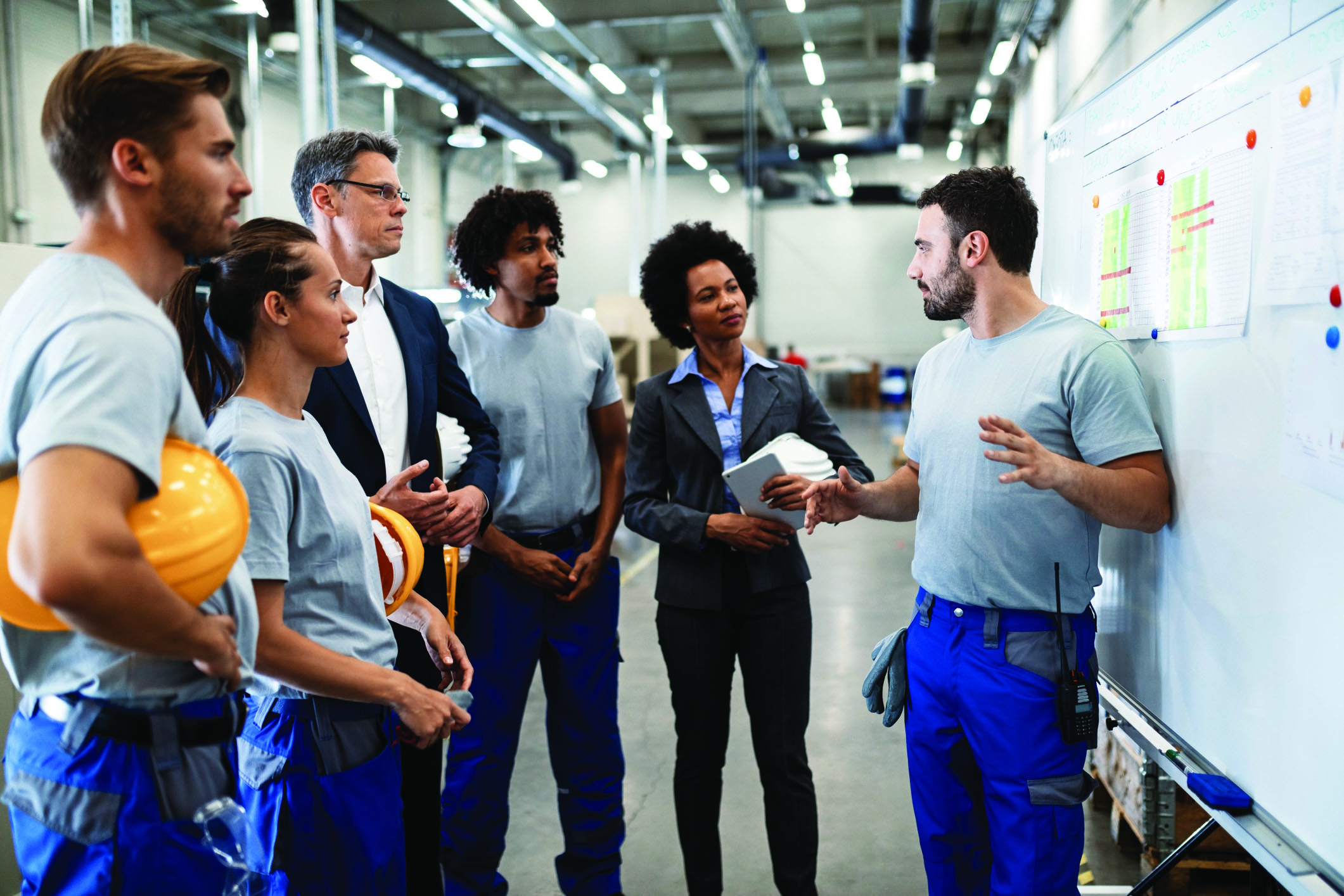
Why Partner?
Rescue operations on a wind turbine require specialized skills and knowledge. The column in a generic wind turbine is incredibly cramped, and the nacelles were not necessarily designed with emergency access capabilities in mind.
As a result, providing critical emergency care during the Golden Hour (the crucial period when prompt emergency care can result in the injured person surviving) is even more difficult. But having a professional team that can reach the injured party quickly and effectively, regardless of conditions, will help the workforce operate in relative safety.
For example, treating someone on a stretcher as they are being lowered feet first down a tube is very difficult. While the general treatment for the illness or condition may be the same as in other settings, it may require specific modifications and in-depth knowledge of both the situation and medicine.
For example, how do you successfully modify the process in a situation where you can’t raise the injured or ill individual’s feet above his or her head while lowering and still complete the rescue quickly? A trained EMT or medic will know this instinctively.
Emergencies can arise when least expected, resulting in potentially life-threatening injuries. Providing essential basic medical training to the personnel who work on offshore projects helps protect their health and safety and that of their colleagues. It also helps keep projects on track and running successfully.
The best way to guarantee that proper medical treatment is available is to retain a professional staffing service that provides trained medical personnel for local or remote medical support. These organizations, such as Remote Medical International, provide a complete range of medical services in-cluding training, medical and safety staff, topside support, case management, and evacuation services.
In addition, by providing wellness checks and thorough basic observation, they can identify and prevent minor injuries from potentially becoming reportable incidents. Most importantly, by providing all these services under one roof, they provide an unparalleled continuity of care from the incident to case resolution.


















